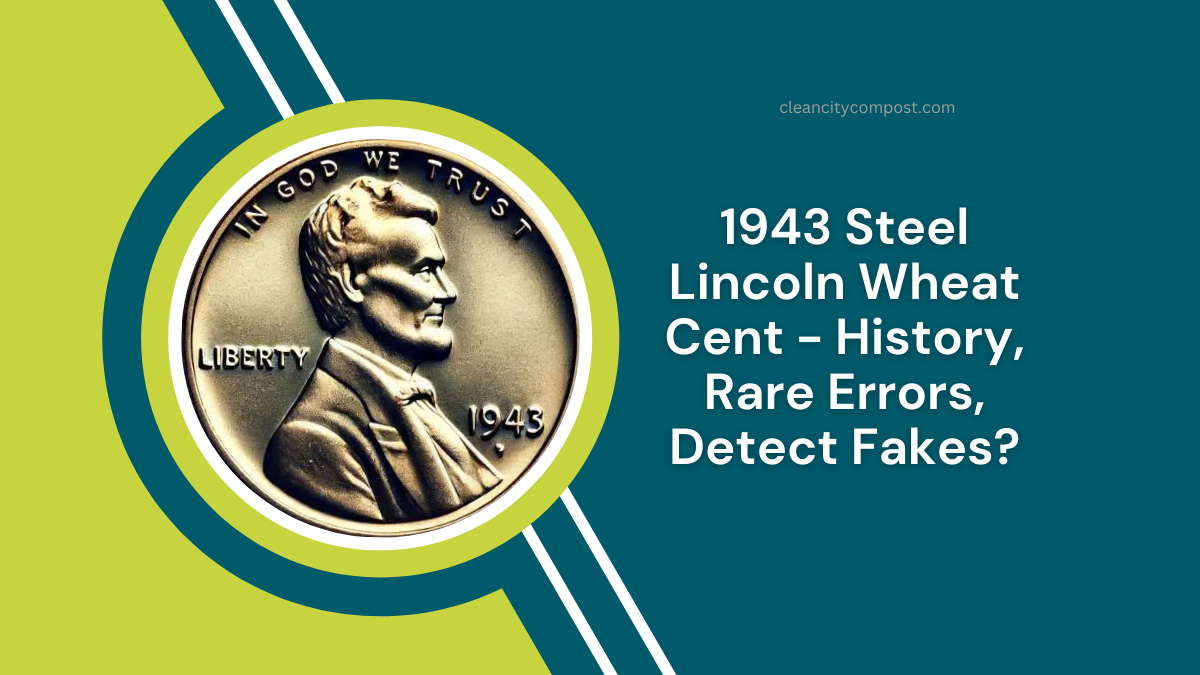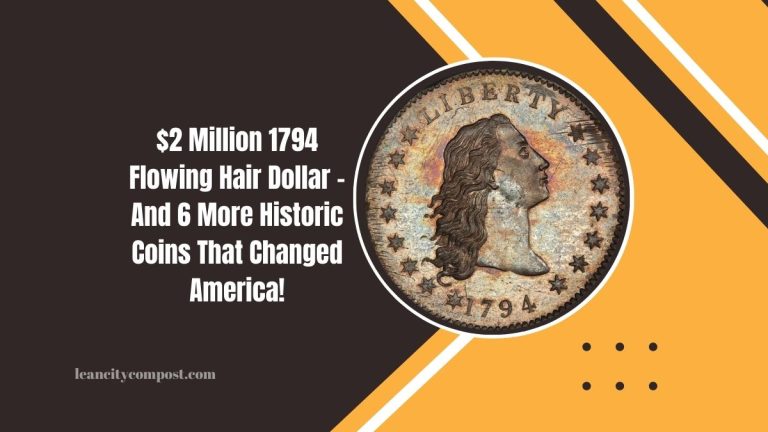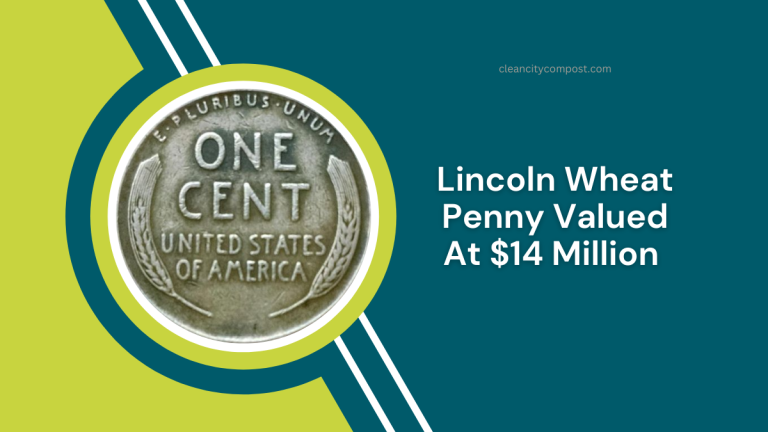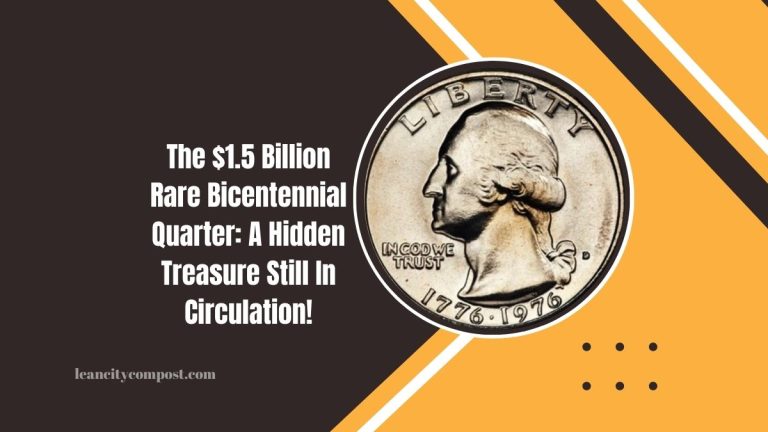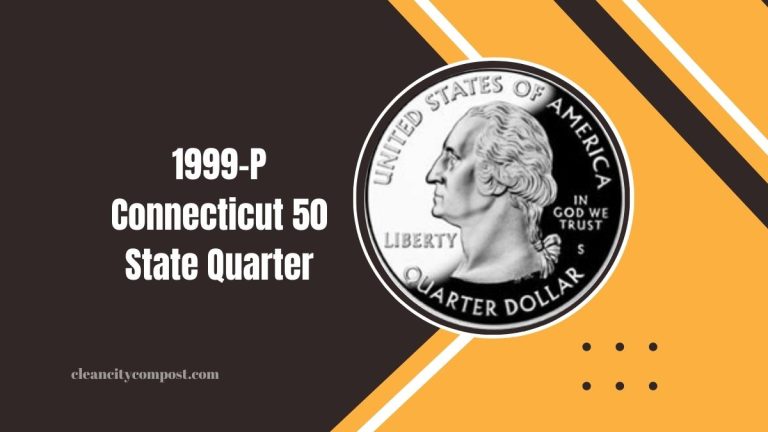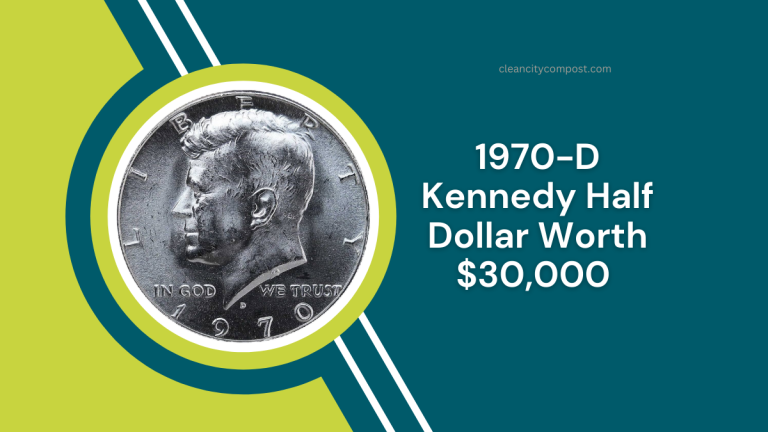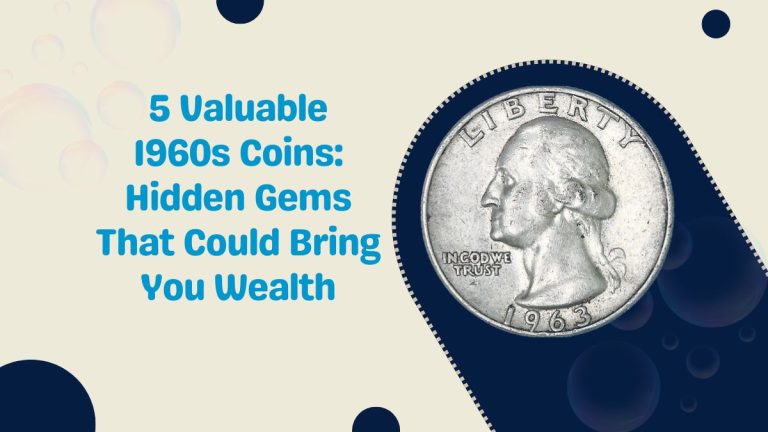How To Explore 1943 Steel Lincoln Wheat Cent – History, Rare Errors, Detect Fakes?
The 1943 Steel Lincoln Wheat Cent stands as a unique artifact in American numismatic history. Minted during World War II, this coin’s distinctive composition and its associated errors have captivated collectors and historians alike.
This article delves into the history of the 1943 Steel Lincoln Wheat Cent, explores notable errors, and provides guidance on identifying counterfeit versions.
History of the 1943 Steel Lincoln Wheat Cent
In 1943, the United States faced a critical shortage of copper due to its demand for wartime production. To conserve copper, the U.S. Mint transitioned the composition of the one-cent coin from its traditional bronze alloy to a zinc-coated steel.
This change resulted in a coin that was lighter, magnetic, and had a silvery appearance, distinguishing it from the typical copper penny.
The 1943 Steel Lincoln Wheat Cent was minted across all three U.S. mints: Philadelphia, Denver, and San Francisco.
Notable Errors Associated with the 1943 Steel Lincoln Wheat Cent
Several significant errors have been documented concerning the 1943 Steel Lincoln Wheat Cent:
- 1943 Copper Cent Error: A limited number of 1943 Steel Cents were mistakenly struck on leftover copper planchets from 1942. These rare coins are highly valuable, with some fetching prices up to $840,000 at auction.
- 1944 Steel Cent Error: In 1944, the Mint resumed using copper planchets, but a few steel planchets from 1943 were inadvertently used to strike 1944 pennies, resulting in the 1944 Steel Cent. These coins are exceedingly rare and can command high prices in the market.
How to Spot Counterfeit 1943 Steel Lincoln Wheat Cents?
Due to the coin’s value and rarity, counterfeit versions are prevalent. To authenticate a 1943 Steel Lincoln Wheat Cent, consider the following methods:
- Magnet Test: Authentic 1943 Steel Cents are magnetic due to their steel composition. If a coin is not attracted to a magnet, it may be a counterfeit.
- Weight Check: The genuine 1943 Steel Cent weighs approximately 2.7 grams. A coin significantly heavier or lighter may be a counterfeit.
- Visual Inspection: Examine the coin for signs of reprocessing, such as overly shiny surfaces or unnatural luster. Reprocessed coins often lack the original mint luster and may appear artificially enhanced.
| Feature | Authentic 1943 Steel Cent | Counterfeit Indicators |
|---|---|---|
| Composition | 99% steel with a thin layer of zinc | Copper-plated or altered composition |
| Weight | 2.7 grams | Deviations from 2.7 grams |
| Magnetic | Magnetic | Non-magnetic |
| Appearance | Silvery, dull finish | Overly shiny or reprocessed surfaces |
Conclusion
The 1943 Steel Lincoln Wheat Cent is a testament to the ingenuity and adaptability of the U.S. Mint during a time of national crisis. Its unique composition and the errors associated with its production have solidified its place as a coveted item among collectors.
By understanding its history and learning how to identify authentic specimens, enthusiasts can appreciate and preserve this remarkable piece of American history.
FAQs
What caused the U.S. Mint to produce the 1943 Steel Lincoln Wheat Cent?
The U.S. Mint produced the 1943 Steel Lincoln Wheat Cent to conserve copper for wartime production during World War II.
How can I tell if my 1943 Steel Cent is authentic?
Authentic 1943 Steel Cents are magnetic and weigh approximately 2.7 grams. A magnet test and weight measurement can help verify authenticity.
Why are 1943 Copper Cent errors so valuable?
1943 Copper Cent errors are rare because they were mistakenly struck on leftover copper planchets from 1942, making them highly sought after by collectors.

